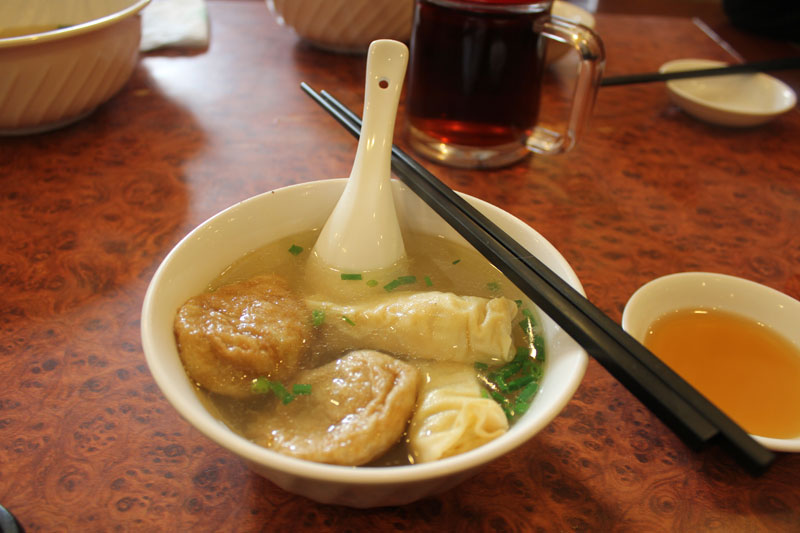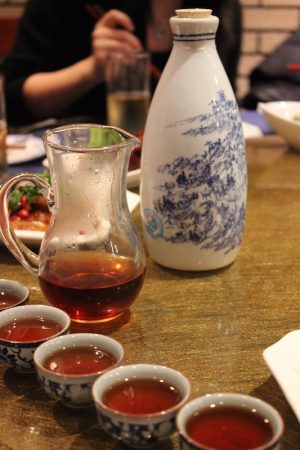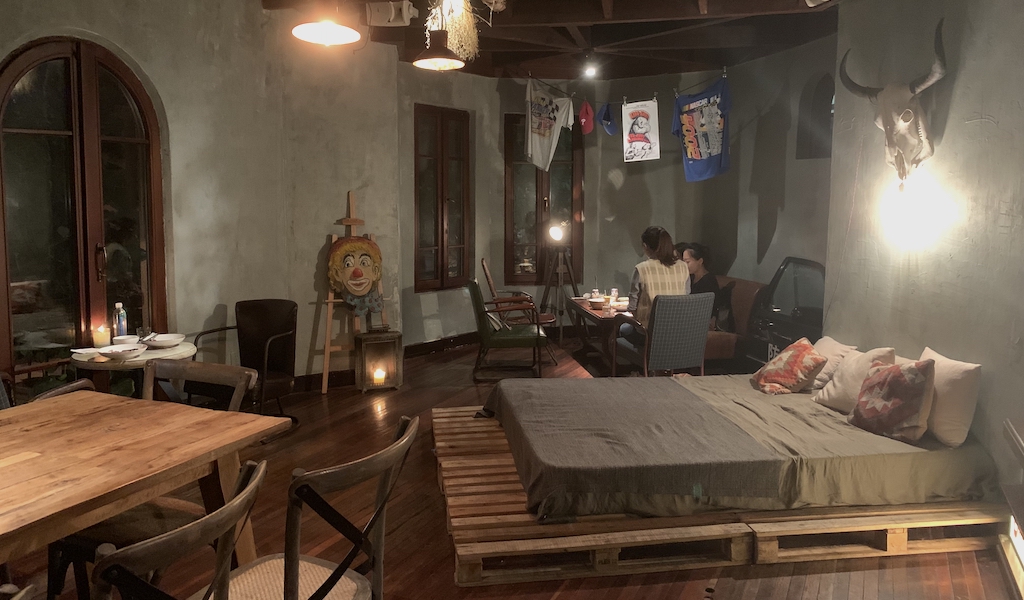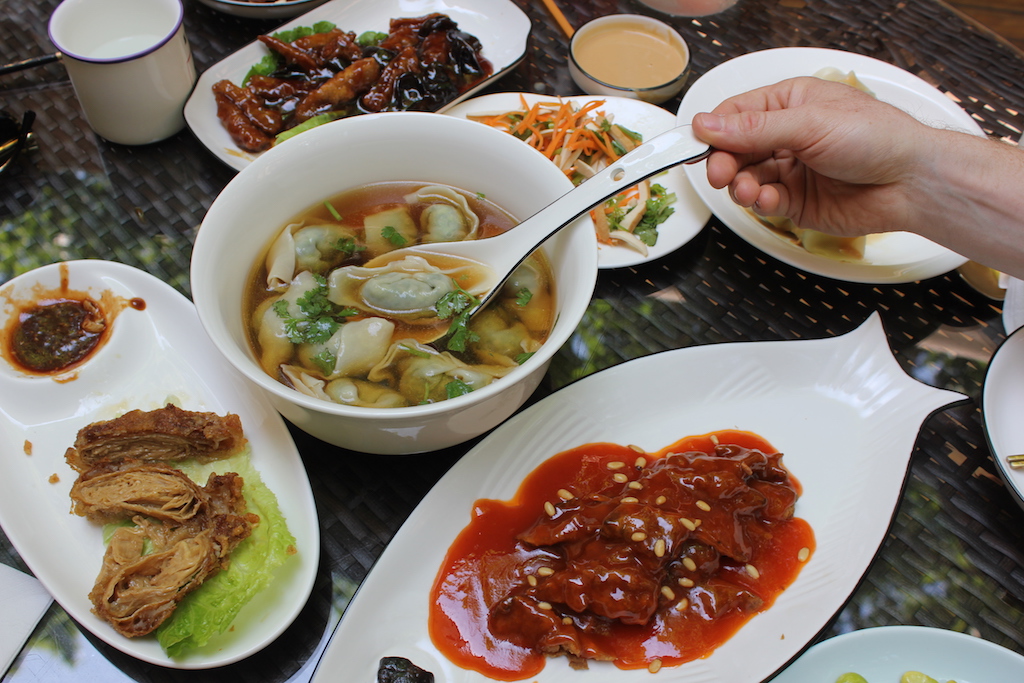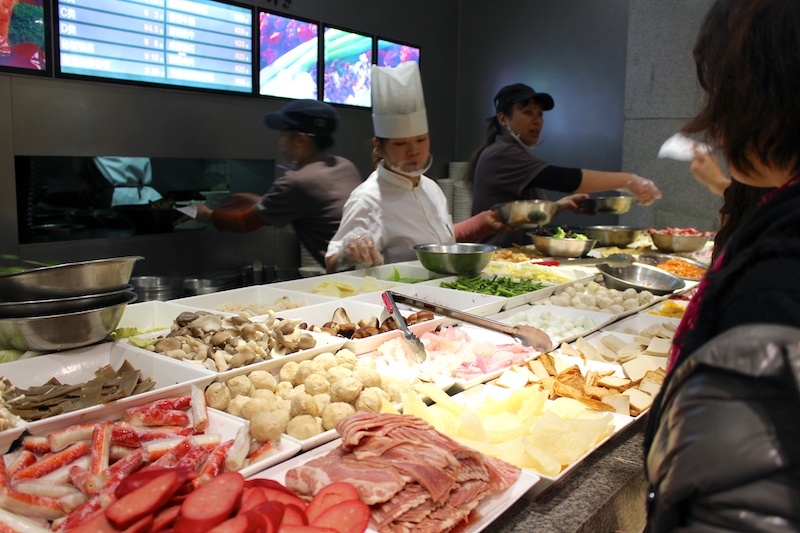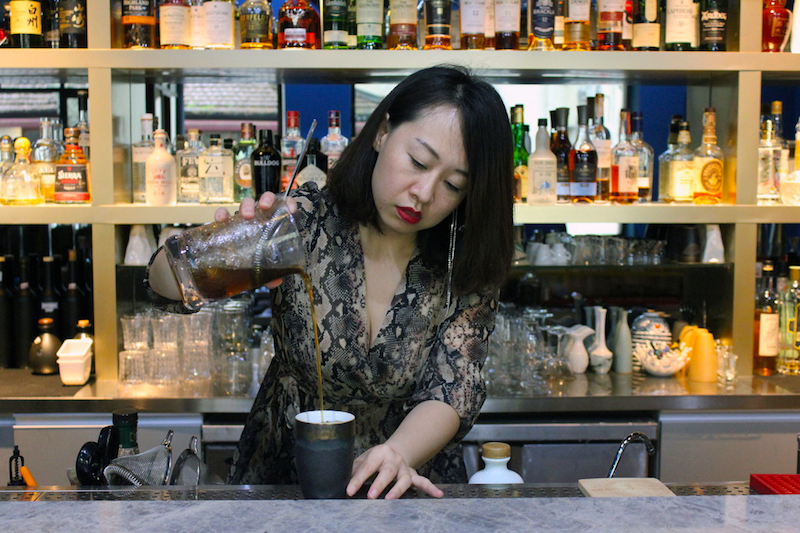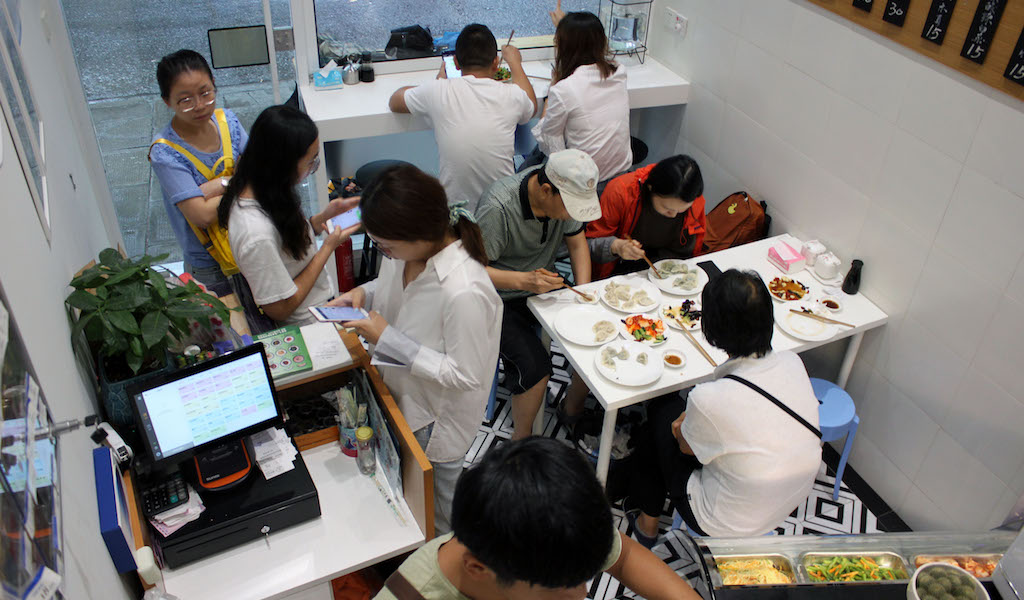We can't find the internet
Attempting to reconnect
Something went wrong!
Hang in there while we get back on track
Search results for "Jamie Barys"
Shanghai
Fu Chun Xiao Long: Shanghai Snack Attack
We’ve raved about the Shanghai-style soup dumplings at Fu Chun for years now, but let us let you in on a secret: There’s more to this tiny hole-in-the-wall than its xiaolongbao. Since 1959, the restaurant has been serving up benbang dishes, but little has changed on the menu or in the kitchen. A Huaiyang snack shop, Fu Chun admittedly skews Shanghainese in its regional flavor profile, which means extra sugar and a lot of pork. Try the traditional deep-fried pork cutlet (炸猪排, zhà zhūpái). Pounded thin before hitting the deep fryer, these fatty flanks are served sliced with a side of black rice vinegar – a dip helps cut the grease.
Read moreShanghai
Building Blocks: Shaoxing Wine, China’s Liquid Gold
Legend has it that huangjiu, or yellow wine, was invented by Du Kang, the god of Chinese alcohol. Annual production starts in eastern China’s Shaoxing region in the tenth lunar month – the temperature and humidity at that time of year create the best environment for making the wine – with sacrifices to Du Kang. The wine is made from fermenting glutinous rice with wheat or rice qu, a cake of mashed grains that cultivate yeast; both convert the starch to sugar then to alcohol. The product of all that fermentation is a sherry-like amber liquid that is used in Chinese cooking or served as a drink paired with Chinese foods.
Read moreShanghai
Chartres Sunday: Taiwanese Funhouse
After 12 years of living in Shanghai, we thought we had eaten our way through every nook and cranny in this city, but China has a delightful way of always surprising you. A friend tipped us about a great little Taiwanese joint less than a kilometer from our office, and since Taiwanese food is woefully underrepresented in Shanghai, we immediately planned a lunch outing to test its beef noodle soup and braised pork rice. When we pulled up outside a three-story Spanish villa complete with Juliet balconies and a rosy pink paint job, we were surprised to find a familiar sight. The distinctive building sits directly across the street from a yoga studio we had gone to for four years. We’d never even considered that it could be a restaurant – there’s no sign or indication that delicious dishes lay just beyond the front door.
Read moreShanghai
Godly Vegetarian: Meat-Free Heaven
If you hadn’t read the flyer closely before heading to Shanghai’s first ever MeatFest last month, you might have been a bit disappointed upon arrival. The sounds and smells of sizzling meat might have seemed like a carnivore’s dream come true, but the name was tongue in cheek; the event was thrown by Vegans of Shanghai for “eco-conscious meat lovers” and served only domestically sourced plant-based “meat” products. It’s part of a bigger push towards eating a plant-based diet in China, where vegetarians make up less than 5% of the population. But even at such a low rate, that still comes out to approximately 50 million people (a population larger than that of Spain). Historically vegetarianism is rooted in Buddhist or Taoist beliefs but, like recently in the West, the meat-free lifestyle in China has become less about religion and more focused on health and being environmentally friendly – and millennials are leading the pack.
Read moreShanghai
Food Court Deluxe: Shanghai’s Mall Dining
Mall dining in Asia is nothing like its American counterpart, thanks mostly to the humid climates of Singapore and Hong Kong. These two islands have tunnels and bridges connecting malls throughout the cities, making them easy to traverse while staying inside the air-conditioned environment. When temperatures spike – as they do on most days – crowds flock to the malls; the restaurants have followed suit. You can eat everything from excellent snack food to Michelin-starred meals in malls in Hong Kong and Singapore. But what does all that have to do with Shanghai?
Read moreShanghai
Local Spirit: Exploring Shanghai’s Baijiu Cocktail Scene
The recent loss of the world’s first baijiu-themed bar, Beijing’s Capital Spirits, to hutong landlord issues has refocused the spirit’s lens on Shanghai, where bars are incorporating the grain alcohol into their drinks program. Baijiu may be the most-consumed spirit in the world – thanks mostly to China’s massive population – but its name has only recently started to make waves outside the country. This growing recognition is in part thanks to the trend of mixing baijiu into cocktails. At Healer Bar, this blending of Eastern flavors with Western drinking culture is a deliberate choice that is meant to educate as well as inebriate. Before owner Phoebe Han opened her bar, the Xi’an-native mixed cocktails with some of the city’s best bartenders at Kee Club, The Nest and The Apartment, but she wanted to change the way people perceived Chinese spirits.
Read moreShanghai
Wenxiang Manchurian Dumpling House: Fishy Business
When it comes to Chinese dumplings, fish is likely not the first filling that springs to mind. But that’s probably because you haven’t had the chance to try Liaoning province’s specialty: boiled mackerel dumplings. Dishes from Liaoning, which is located northeast of Beijing, fall under the regional umbrella of Dongbei (northeastern) cuisine. The staple grain up north is wheat and corn, with noodles, steamed breads and dumpling wrappers supplying most of the carbs in the local diet. The area wraps around the coastline of the Yellow Sea, bringing fresh seafood to the table, and its proximity to the Korean Peninsula means an abundance of pickled veggies.
Read more